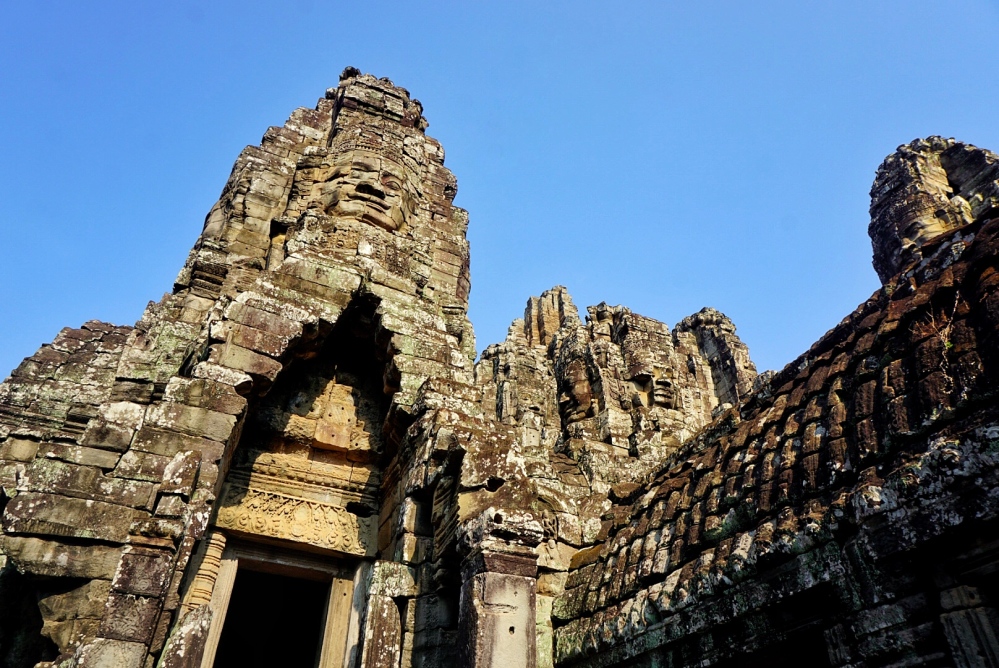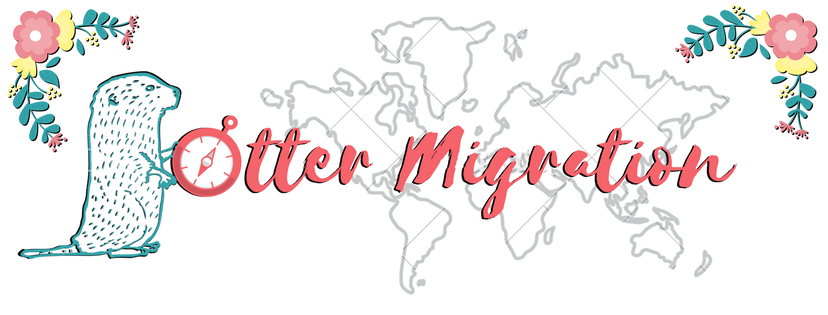World Wonder aside, this pretty city has more than meets the eye.
Siem Reap is the gateway to Cambodia’s most prized possession, Angkor Wat. As the world’s largest religious site at 500 acres and on the Ancient World Wonder list, the architectural masterpiece is boasted on Cambodia’s national flag, and they even have a dedicated draft beer in its name.
In all honesty, you do make the visit to Siem Reap solely to experience the incredible temples at Angkor Wat, but I found that Siem Reap is in fact a pretty city that you can call home for a fair few days, and I’d even go as far to say that it’s my favourite place in Cambodia.
After hearing of quite aggressive muggings in the capital of Phnom Penh, and feeling really uneasy when walking around Kampot, Siem Reap felt like a breath of fresh air where I naturally felt like I could relax here, which made me really warm to the place. The Siem Reap River runs through the city so there are many pretty canals and bridges decorated with trees, which I had no idea about before visiting.
Siem Reap is the third poorest province in Cambodia, out of 24, and more than four million Cambodians live on less than $1.25 a day. It’s clear to see that Siem Reap relies on money from tourism with around 2.5 million tourists a year. There are tonnes of lovely boutique hotels around and the people here are so hospitable; the staff at our hotel learnt our names which I’ve never encountered before, and they’d always ask how our day was. They seem truly appreciative of your visit to their country.
The Angkor Wat experience
Set the alarm for 4am to make an early descent to see Angkor Wat in all its glory. As the sun comes up, the expansive temple comes to life and you can begin to see its intricate stone detail from afar. Take a few minutes to take it all in from a long shot before crossing the floating bridge, as seen here:

Go inside the main entrance to see the sun rise over the temple across one of the lakes. Before visiting at sunrise, I was worried that it would be too crowded, but it really wasn’t that bad. The bus loads of Chinese tourists seemed to roll in at about 8/9am.









A basic tuktuk tour (16km) then takes you to Angkor Thom, where you’ll see the 216 smiling faces at The Bayon. We were actually mesmerised by how these faces had been put together like a jigsaw, and felt that this was our favourite of the lot, sorry Angkor Wat!





You can ask your driver to take you to whichever temples you’d like, making your own route, but we then went on to the mountain-temple of Ta Keo, the overgrown ‘Tomb Raider’ temple of Ta Promh, and lastly, the much quieter maze of Banteay Kdei. We were meant to go onto one more temple but ended up being deserted by our driver for an hour – long story short, make sure you know where he’s going to be parked when leaving the temples. Scroll down to ‘Other information’ for prices and times.


Where to eat and drink in Siem Reap
We kept things quite western as we knew we’d be living off Thai curry as of tomorrow, and then Sri Lankan and Indian curry further afield.
Republic Bar & Restaurant – this large, open bar and restaurant is tucked away from the main busy road and has a chilled-out vibe. There’s great music, caring staff, and having a pool table is always a bonus. You can get a main meal or a few tapas dishes for around $3-4. The coffee is also really good.
Pizza Roma – we saw this Italian from the balcony of our hotel and joked about spending our whole trip there, and we actually ended up eating here three times. What won me over is that whilst dining on pizza, I could watch the turtles swimming in the pond towards the back of the restaurant. The pizza was really tasty and only $3-4.50 for a medium pizza, and there’s loads of choice. We found that in Siem Reap, western food was about the same price as the local dishes.
Try Me – a lovely local joint serving traditional Khmer dishes on the cheap. The wooded interior made for a cosy atmosphere. Dishes range from only $2.50.
Brother Bong – when we were in dire need of a coffee after waking up at 4am for Angkor Wat, we googled good coffee shops and realised this cafe was right around the corner from our hotel. There’s a light and airy vibe to the place and the coffee is made by an award winning barista. To our surprise, they also had an amazing menu of Khmer and Western dishes as the husband and wife duo have travelled the world and picked up recipes on the way. They even serve Canadian Poutine, which is basically cheesy chips with gravy!
Pub Street – a few adjoining roads filled with bars and places to eat. It’s your typical tacky backpacker nightlife spot that we didn’t go to, but nearly every tourist does.

Markets in Siem Reap
Old Market – a classic mix of clothes, souvenirs and local, fresh produce. It’s housed in a French colonial-style building, surrounded by a few other similar styled buildings, just off Pub Street.

AHA Handicraft Market – this Fairtrade market is a must see if you’re interested in giving back to the community. There’s a whole host of handmade soaps, candles, pottery, clothing and jewellery. I could have filled my whole kitchen.
Prices are obviously more than the Old Market at an average of $6, but you’re making a difference. They have an informative board on the way in that explains that if only 5% of tourists visiting Siem Reap bought two souvenirs by the AHA Association, then 4,200 rural artisans from low income households would see a 25% boost to their income. This would allow them to afford the necessary healthcare and education for their families.
It’s a lot further out than the Old Market and took us 40 minutes to walk there. But the walk along the river is really relaxing.

Other information and budgeting
Bus from Phnom Penh – $8-10 – six hour journey
Siem Reap has an international airport
Currency – US dollars, and when anything is less than $1, Cambodian Riel is used. 4,100 riel = $1.
Angkor Wat – entrance ticket $37 (ouch. It used to be $20 but the government increased it very recently) / tuktuk $15 for the day, extra $5 for sunrise. The whole tour is about seven hours. You can also buy a three day pass, and even a seven day pass, so that you can really explore the sacred site; some temples are 30km further out.
Hostel bed – $5 a night. Hotel room – $15
Food – cheaper than Phnom Penh. Meals range from $2-6. Western options are readily available as well as Khmer dishes.
Water – 75 cents
Our time in Cambodia has now come to an end and I’ll remember this country as having the friendliest people. Now onto Bangkok!




